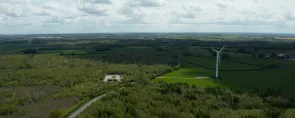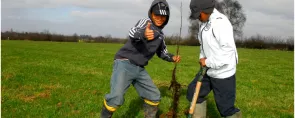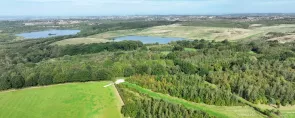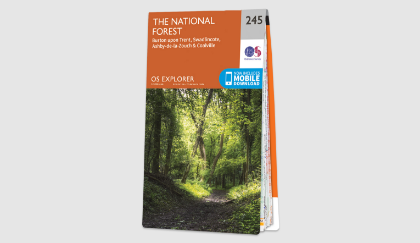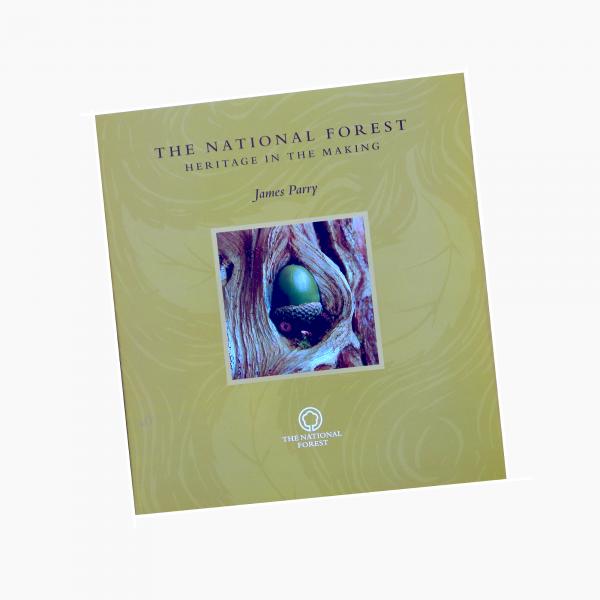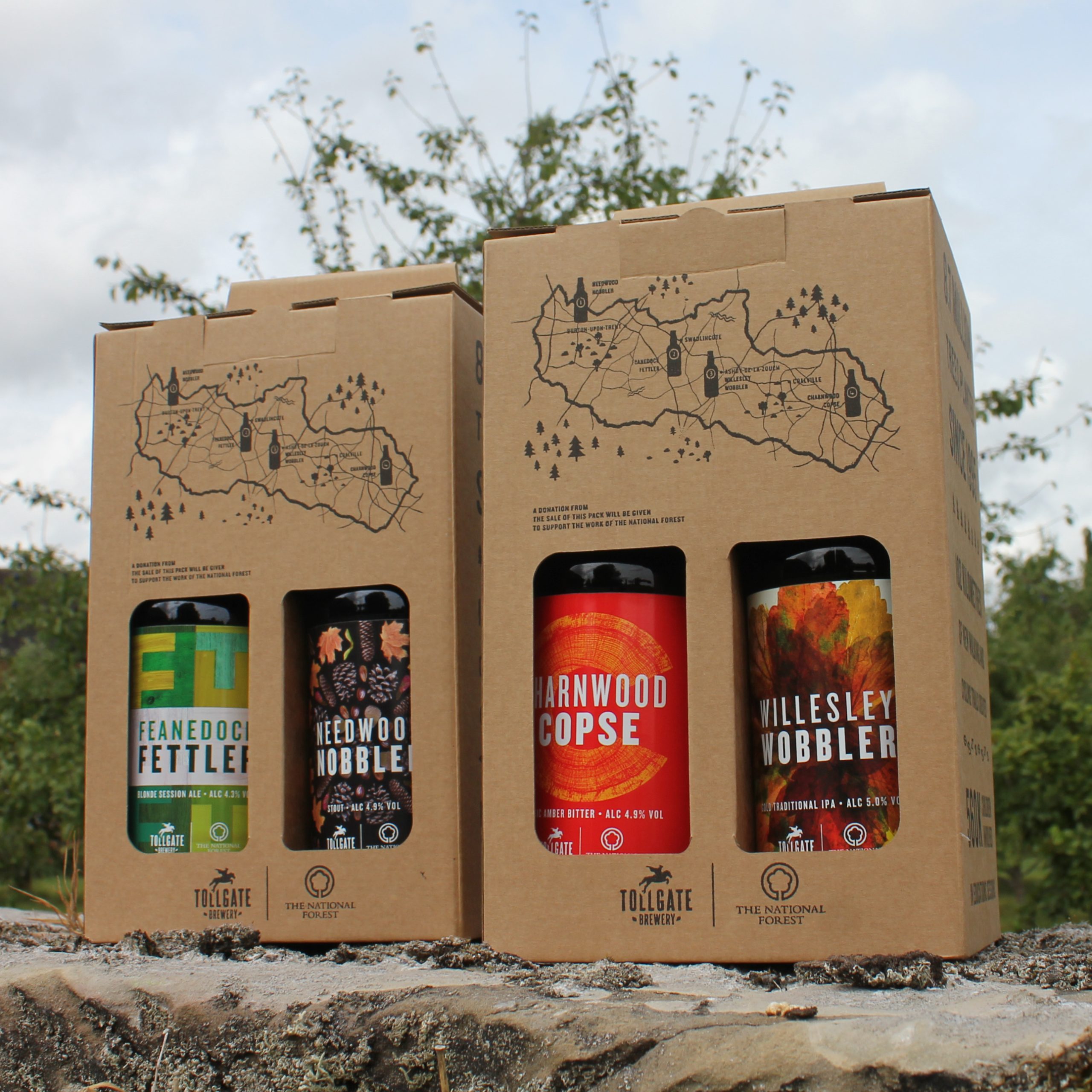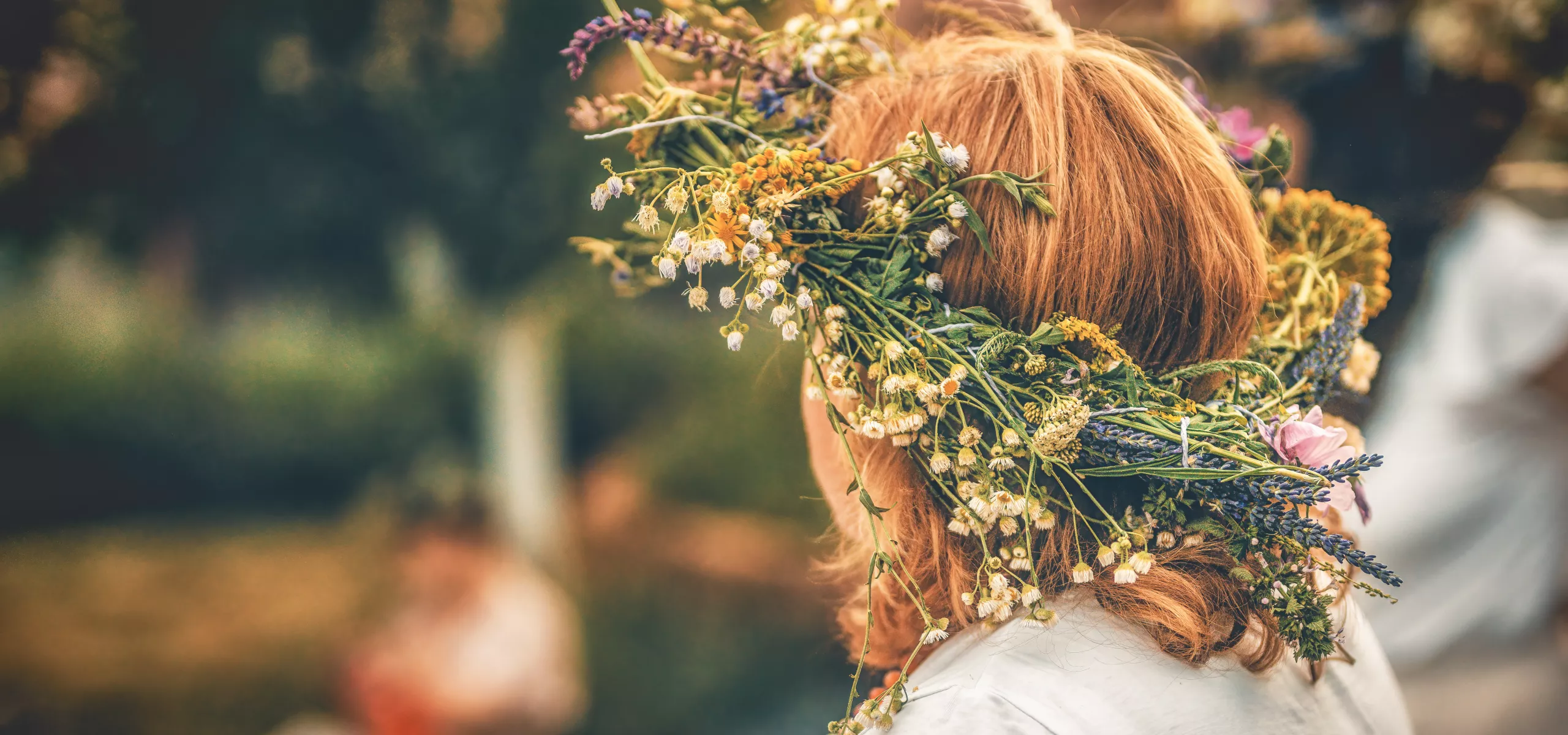The word Solstice is made up of two parts ‘Sol’ – meaning ‘Sun’ and ‘stit’- which is a remaining fragment of the word ‘sistere’ which means ‘to stand still’. At solstice the sun's position on the horizon at sunrise and sunset, which usually changes each day, seems to halt, stopping in place for a few days, before it slowly starts to move the opposite way. So the world appears to pause in its progress through the seasons.
We tend to think of midsummer as a festival to celebrate the peak of the suns power and influence and indeed it is, but it is also a turning point. From now on we begin the gentle decline into autumn, passing through the harvest seasons to reach our own midwinter solstice in December. This idea of transition from one realm to another is represented in the tradition of the Oak King, god of the waxing year and the Holly King, god of the waning year who wrestle with each other at the solstices. At summer solstice the Oak King is defeated and the Holly King presides once again.
The oak tree was celebrated at Summer Solstice by the Celts as one of its chieftain trees. Often referred to as the ‘mighty oak’ or ‘king of the forest’ on account of its ability to grow to such great age and size. It is very slow growing and endures much in the way of drought, blight and lightning strikes over the centuries but still it endures, even when its centre is hollowed out. Hence the oak tree has many associations with strength, courage and protection. Traditionally the great midsummer fires were of oak. Fires were lit on hilltops and folk stayed up all night to watch the sunrise. The bonfire was built up in celebration of the sun god’s prowess and to strengthen him against the coming of the dark.
Midsummer was a time of high celebration, the earth is bringing forth the greatest abundance of the year. The crops are racing towards their full maturity and the forests are bursting with greenery. Everywhere there are births, blossoms and the promise of harvest to come. Headdresses and wreaths would be woven from special plants believed to have properties of protection and luck. The wreaths would be brought into the house and hung over doorways, windows and chimneys, or thrown into the fire to honour the sun. Herbs gathered on the eve of Summer Solstice were believed to be at their most potent. They were gathered in quantity at this time for medicinal purposes or for use in special rites and divination, so much so that the midsummer festival became known as Gathering Day in parts of Wales. Hazel branches were cut on Solstice Eve and used to dowse for water, minerals and lost things.
The “Mead Moon” or “Honey Moon,” was an old name for the June full moon, as June was the period when the bees appeared most active. It was also a popular time for weddings, hence the association and one possible origin for the ‘honeymoon’ period of sweetness we know today.
Music, dancing and storytelling were all part of the Solstice celebrations. People joined hands weaving through the streets, winding into a decreasing spiral into the middle then unwinding back out again mimicking the Sun's movement between the solstices, the centre being the winter dark and the outer rings expanding out into the light of summer.
The energy of this time of year is one of expansion and expression. It is the period when we want to be outside, soaking up the invigorating, exhilarating energy of the sun, when we are most awake, alive and full of zest and zing. However, it can also be quite exhausting if we over extend ourselves physically and emotionally. Solstice energy is big, bold and ‘out there’. We can use that energy to give us a boost to do something bold, to succeed beyond expectations, to push through a block that seems immoveable, to do something that might surprise us in its daring! The summer is the peak, the pinnacle, a completion of a cycle of growth. A time when we may reflect on our achievements, what we are most proud of, and grateful for, our successes great and small. Perhaps a time to celebrate, to be inspired by some of the old traditions and to try them out at our own Summer Solstice celebration.
And if it all gets too much, if the stretching, striving, expansive energy of the Oak King is overwhelming, then maybe it’s time to surrender to the Holly King who brings restoration, recovery and good will. Ask the Holly tree to help calm frayed nerves and guard us from our shadow selves when we get overwrought and over sensitive. The Holly King will firmly but gently guide us back to ourselves restoring direction and bringing love and understanding. Happy Summer Solstice!
Karen Jacks is a retired Occupational Therapist who has worked for the NHS for 35 years. After retiring in 2018 Karen found daily life a bit bewildering after losing the structure and rhythms that are imposed on life by working full time and having a family. She says ‘I started to look towards the more natural cycles of life, like the phases of the moon and the pattern of the seasons and that led me via lots of routes to the idea of wheel of the year, which divides the earths annual cycle into eight divisions. I have found a beautiful connection, between the wisdom and beliefs of the old ways, which are grounded in living observations of the Earth’s natural cycles, to the changes in thoughts, emotions and energy levels I experience throughout the year. It has been hugely enlightening and reassuring, in an era when everything is online and changes happen so fast, the Earths rhythms and cycles are basically the same now as they ever were’.
Karen lives in Nottinghamshire with her husband and has two grown up children. She has just started to teach Tai Ji after long years of practice and her favourite place in the world is Beresford Dale in the Peak District.
Do you have a story or experience you would like to share? From poetry to personal stories, we would love to hear from you and your experiences of nature and the National Forest. Email us at stories@nationalforest.org



